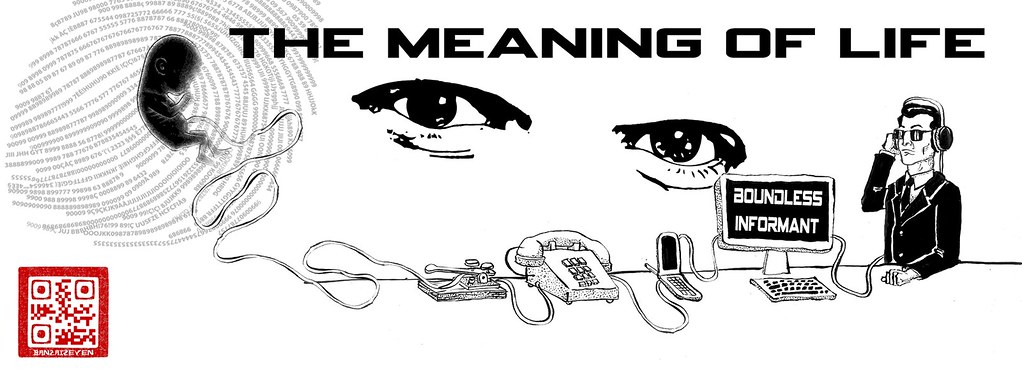In a stunning series of lies, damned lies, and twisted statistics, the Fed’s Jim Bullard unleashed a torrent of self-agrandizing comfort-speak on CNBC this morning. From his comment that “bubbles, such as housing and dot-com, were blindingly obvious at the time,” despite Bernanke’s (and Greenspan’s) insistence at the time that they were not to his comments about the size of Fed Treasury holdings (and monetization) as being “average” based on some statistic, the Fed president gave himself one more out as he admonished:
- *BULLARD SAYS FED DOESN’T WANT TO SUPPORT ‘FISCAL RECKLESSNESS’
Oh no, you’d never want to do that… With an administration lying to the American people’s face over Obamacare and now the even more powerful Fed incapable of the truth, what hope is there that anyone gets out of this debacle in tact.
On the “blindingly obvious” bubbles of the past:
Bullard today (with his hindsight glasses on): “Bubbles, such as housing, were blindlingly obvious at the time…”
Bernanke at the time: “U.S. house prices have risen by nearly 25% over the past two years, noted Bernanke, currently chairman of the president’s Council of Economic Advisers, in testimony to Congress’s Joint Economic Committee. But these increases, he said, “largely reflect strong economic fundamentals,” such as strong growth in jobs, incomes and the number of new households. “
But perhaps the most important question is about how much of the debt issued by Jack Lew is monetized by the Fed: The Fed president squirms uncomfortably at around the 1 minute mark when CNBC’s Joe Kiernan asks about just how much of the Treasury’s issuance, the Fed holds (and by implication monetizing) what follows is a very disingenuous bristling, namely that it is no more than during prior episodes.
Which is simply a lie because Bullard of all people should know full well, the Fed’s holdings are expressed not in notional amounts but in 10 Year equivalents, and as the chart below shows, the line is now very steeply vertical…

And in percentage terms, is now 33% of the entire bond market!
The Fed has never held so much of the US Treasury issuance – ever – in the only terms that matter, namely 10 Year equivalents, despite Bullard’s claims.
Finally on the most meaningless issue of all, the Taper:
- *BULLARD SAYS ECONOMY HAS TO DRIVE FED POLICY
- *BULLARD SAYS `WE DON’T HAVE TO BE IN ANY HURRY’ ON TAPERING
- *FED’S BULLARD SAYS QE HAS BEEN EFFECTIVE
- *FED’S BULLARD SAYS UNEMPLOYMENT IS A GOOD MEASURE
- *FED’S BULLARD SEES `CUMULATIVE PROGRESS’ IN LABOR MARKET
- *BULLARD: NEXT 2 JOBS REPORTS WILL GIVE AN IDEA OF LABOR MARKET
![]()
via Zero Hedge http://feedproxy.google.com/~r/zerohedge/feed/~3/qUzn-D0tC2s/story01.htm Tyler Durden
















